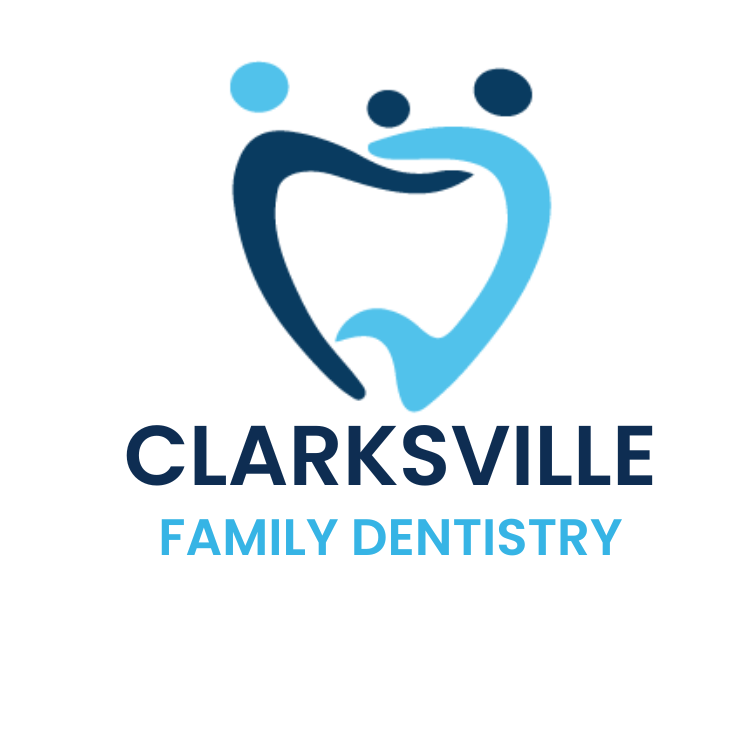
Comparing Invisalign® and Traditional Braces
Achieving straight, evenly spaced teeth is a common dental aspiration. Not only does it contribute to an aesthetically pleasing smile, but it also supports optimal oral health by facilitating easier cleaning during your daily oral hygiene routine. Traditional braces and Invisalign® clear aligners stand as the two primary orthodontic options for achieving straighter teeth. Each method comes with its own set of advantages and disadvantages, making the choice between them contingent upon the severity of misalignment and personal preferences.
Appearance:
A significant divergence between Invisalign and traditional braces lies in their appearance. Invisalign offers a discreet option for patients seeking teeth correction without drawing attention. The clear plastic trays of Invisalign are nearly invisible, providing a seamless orthodontic solution. Conversely, traditional braces, characterized by metal wires and brackets, are more conspicuous. While some individuals, particularly children, may enjoy selecting colorful bands for their braces, others, including teens and adults, may prefer the subtle appearance afforded by Invisalign.
Efficiency:
Traditional braces have stood the test of time as a reliable method for straightening smiles. The fixed nature of braces ensures constant, gentle pressure application to gradually align teeth throughout the treatment duration. This makes traditional braces particularly effective for patients with severe misalignment or complex dental issues. In contrast, Invisalign relies on removable trays, and patient compliance is crucial for successful treatment outcomes. Failure to adhere to the prescribed wearing schedule or misplacing trays can impede progress, prolonging the treatment timeline.
Convenience:
Both Invisalign and traditional braces offer unique conveniences. Invisalign trays can be removed when eating, allowing for greater dietary flexibility without restrictions on certain foods. However, the need to remove and reinsert trays, especially in social settings, can pose challenges. On the other hand, traditional braces eliminate the hassle of removing them while eating, offering convenience for individuals prone to misplacing items. While certain dietary restrictions apply to braces, they may be the preferred option for those seeking simplicity in orthodontic care.
Care and Cleaning:
Maintaining proper oral hygiene is paramount regardless of the orthodontic treatment chosen. With traditional braces, daily cleaning remains straightforward, with brushing and flossing procedures similar to those without braces. In cases of food debris accumulation, smaller brushes or water picks can aid in dislodging particles. In contrast, while brushing and flossing with Invisalign trays is convenient, additional care is required to clean the trays themselves. Special cleaning solutions, warm water, and a soft toothbrush are recommended to prevent bacterial buildup.
Price of Treatment:
Cost considerations play a significant role in treatment decisions. Traditional braces often present a more budget-friendly option compared to Invisalign. The cost of Invisalign treatment varies based on factors such as the number of trays required. Patients should consult with their orthodontist to discuss pricing options and potential insurance coverage. Dental insurance plans may offer full or partial coverage for both Invisalign and traditional braces, alleviating financial concerns for some individuals.
Making a Choice:
Ultimately, the decision between Invisalign and traditional braces hinges on individual preferences and the extent of dental misalignment. Consulting with an orthodontist is essential to assess which treatment modality aligns best with your needs or those of your child. Effective communication with your orthodontist ensures that any concerns or questions are addressed throughout the treatment journey, leading to optimal outcomes.
